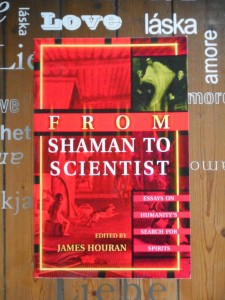Adrian Parker & Annekatrin Puhle
Science in Search of Spirit. In James Houran (Ed.): From Shaman to Scientist: Essay’s on Humanity’s Search for Spirits. Lanham, Maryland, Toronto, Oxford: The Scarecrow Press, Inc., 2004, pp. 1-19. 286 pages.
Dieser Artikel liegt nur in englischer Fassung vor. Bitte rechts auf die Flagge klicken!


1 response so far ↓
1 Kelly Kenneth // May 24, 2020 at 02:05
You did a great job! This post seem really great.
https://www.facebook.com/pg/essayservicecom/reviews/
Leave a Comment